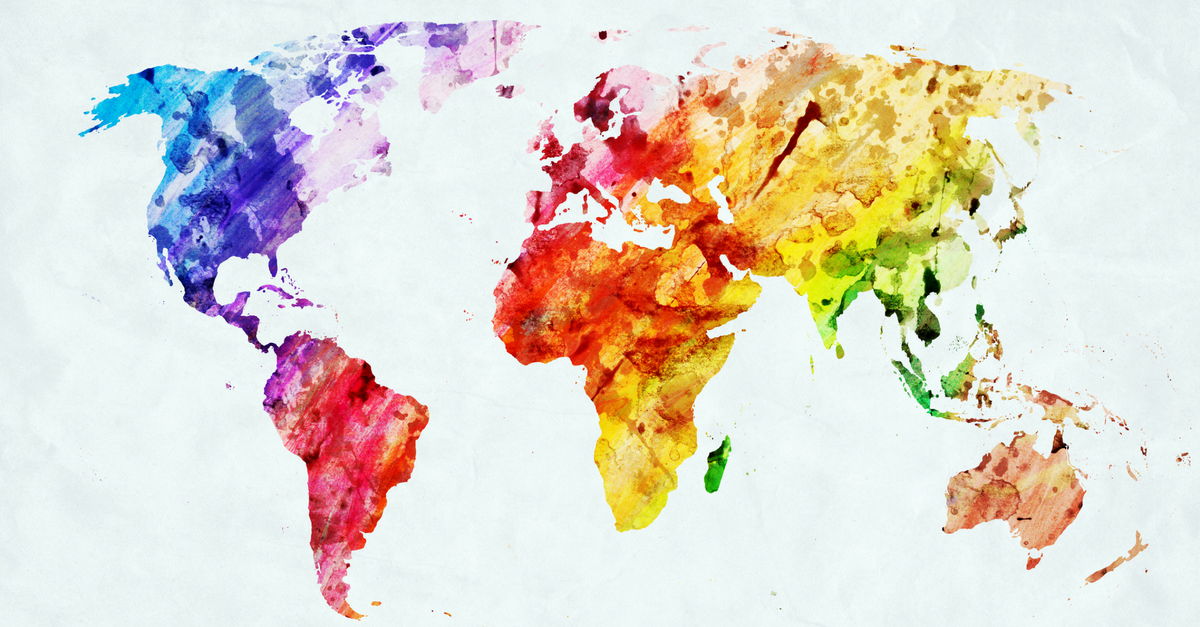Future of the workforce: Will it be a Red, Blue, Green or Yellow World in 2030?

I recently read a thought provoking report from PWC on what the future of the workforce may look like in 2030. However, to provide some context to these 13 years of future predictions, let’s jump back 13 years from today. Back in 2004, there were no iPhones, Netflix, YouTube or mainstream access to Facebook. LinkedIn was a year old and working remotely was rare. Furthermore, Cloud technology was just emerging—much like how Artificial Intelligence is today!
We are living through a fundamental transformation in the way we work. The emergence of AI is impacting the skills that businesses are looking for in their people, (37% of people are worried about AI putting jobs at risk), the study (including a survey of 10,000 people in China, US, UK, India and Germany) postulates four possible Worlds of Work in 2030: Red, Blue, Green and Yellow.
The Red World is all about speed and innovation.
- The focus is on getting like-minded people together and bringing new ideas and skills to the market quickly.
- There will be a need for nimble, adaptive talent—(60 percent think ‘few people will have stable, long term employment in the future—) working on new products, who are then comfortable shifting on to the next opportunity.
- Developing and launching quickly will be prioritised
- Technology will be used to connect people across the world to enable the best brains and ideas to be used whenever needed.
In the Blue World, corporate is King.
- There’s a huge divide between the winners and losers— big capitalism on steroids.
- You can expect a core group of individuals that work at the Blue World to be complimented by a contingent workforce.
- Skills will be brought in as and when needed.
- Large parts of existing jobs will either be replaced or augmented by technology-70% would consider using treatments to enhance their brain and body if this improved employment prospects in the future) with talent being identified very early and brought through the business.
In the Green World, the prime focus is society and corporate responsibility.
- Workforces are attracted to an organisation because they believe in its mission (23% say that doing a ‘job that makes a difference’ is most important to their career).
- Technology is used to ensure there is minimal impact on the environment and those around them as well as to enhance the scarce resources those businesses have.
In the Yellow World, humanity is hugely valued—(73 percent think technology can never replace the human mind.
- The focus is on smaller organisations thinking about social responsibility, fairness and like minded people coming together to execute their craft (25% say an ideal employer is one with ideals that match their own).
- The workforce won’t be strongly affiliated with a particular employer nor tied into a 9-5, five days a week.
- Technology will enable people with ideas and aspirations to start their own businesses with a lower barrier to entry.
So what do these future worlds mean for employers and employees now?
The reality is the future is here today and organisations need to start looking at what the future looks like for them. Business leaders should ask themselves how they should react if the world becomes more green or more blue. Existing workers shouldn’t be thinking as the job they do, but the bundle of skills they have. The key is flexibility, adaptability and lifelong learning —74% are ready to learn new skills or completely retrain to remain employable in the future).
Key takeaways for leaders:
Act now: This isn’t about some ‘far future’ of work – change is already happening, and accelerating.
No regrets and bets: Plan for a dynamic, rather than static future. Make ‘no regrets’ moves that work with most scenarios – but you’ll need to make some ‘bets’ too.
Make a bigger leap: Don’t be constrained by your starting point. You might need a more radical change than just a small step away from where you are today.
Own the automation debate: A depth of understanding and keen insight into the changing technology landscape is a must.
People not jobs: Organisations can’t protect jobs which are made redundant by technology – but have a responsibility to their people. Nurture agility, adaptability and re-skilling.
Build a clear narrative: Anxiety kills confidence and the willingness to innovate. Start a mature conversation about the automated future.